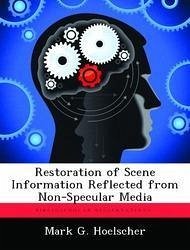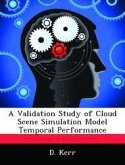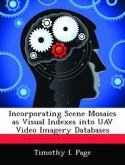A recently published experiment called "dual photography" exploits Helmholtz reciprocity by illuminating a scene with a pixilated light source and imaging other parts of that scene with a camera so that light transport between every pair of source-to-camera pixels is measured. The positions of the source and camera are then computationally interchanged to generate a "dual image" of the scene from the viewpoint of the source illuminated from the position of the camera. Although information from parts of the scene normally hidden from the camera are made available, this technique is rather contrived and therefore limited in practical applications since it requires access to the path from the source to the scene for the pixilated illumination. By radiometrically modeling the experiment described above and expanding it to the concept of indirect photography, it has been shown theoretically, by simulation and through experimentation that information in parts of the scene not directly visible to either the camera or the controlling light source can be recovered.
Hinweis: Dieser Artikel kann nur an eine deutsche Lieferadresse ausgeliefert werden.
Hinweis: Dieser Artikel kann nur an eine deutsche Lieferadresse ausgeliefert werden.








